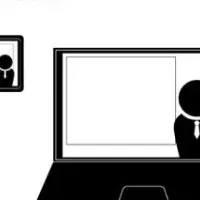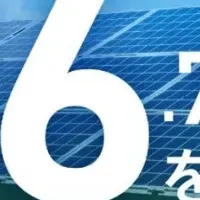
Huawei Digital Power Advances Energy Storage Safety with Forum Highlights
Huawei Digital Power Advances Energy Storage Safety with Forum Highlights
On June 12, 2025, Huawei Digital Power held a significant forum in Shanghai focused on the Grid Forming & Energy Storage System (ESS) safety. Inviting various stakeholders, including customers, partners, insurance companies, and certification organizations from the PV and ESS industries, the event aimed to discuss the trends in grid-forming technologies and the construction of a robust safety ecosystem for ESS. A key feature of the forum was the launch of the ESS Safety Initiative, which underscores Huawei's commitment to elevate safety standards in the sector.
The opening remarks by Steven Zhou, president of Huawei's Smart PV & ESS Product Line, emphasized the critical role of ESS in the global energy transition. He pointed out that as renewable energy sources become more integrated into power grids, the need for effective and reliable storage solutions increases. The introduction of grid-forming ESS not only supports this integration but also represents a leap toward advanced energy solutions. With a particular focus on safety, Zhou outlined four essential safety standards: non-flammable, non-explosive, non-spreading, and non-harmful, positioning these as prerequisites for maintaining grid stability.
Achievements and Innovations
One of the highlights was Huawei's launch of the FusionSolar 9.0 Smart PV+ESS solution, which leverages grid-forming technology across all scenarios to optimize performance and safety. The company's pressing goal remains to create a safety-first culture within the industry by leading the way in safety standards.
Several esteemed speakers shared their insights during the forum, including Robert Liew from Wood Mackenzie and Patrick Zank from VDE, who discussed how unified standards could foster market trust and encourage renewable energy investments. They underscored the importance of solidifying grid-forming technology across diverse applications to spur growth within the sector.
Particularly noteworthy was a presentation from Vannsith Ith, of the Power Management Division at SchneiTec, who discussed ongoing utility-scale ESS projects in Cambodia. With TÜV SÜD already conducting empirical tests on Huawei's grid-forming PV+ESS system, these efforts signify substantial progress in establishing a stable smart grid in Southeast Asia.
Technical Challenges and Safety Measures
Chen Danqing, Huawei's CTO for Grid-Forming ESS Business, addressed the primary technical hurdles impeding large-scale commercial adoption of grid-forming technologies. He identified issues such as multi-device operation stability and effective overload support as significant barriers that need addressing.
In answering these challenges, Huawei introduced its Smart String Grid-Forming ESS technology system, which redefines grid-forming standards by ensuring comprehensive capability throughout the power lifecycle—spanning generation, transmission, distribution, and consumption functions. Combined with testing from projects in Qinghai and Xizang, these advancements promise stable and reliable grid-support capabilities moving forward.
The forum also welcomed Chen Weipeng from Munich Re Group, who provided insights into the importance of safeguarding ESS projects from potential risks, emphasizing that true system safety needs to incorporate all lifecycle phases of ESS. The highlight of safety discussions included Huawei's groundbreaking 'Panshi' battery pack and the incorporation of advanced digital management systems, ensuring that safety remains a top priority throughout project execution.
Testing conducted in collaboration with DNV successfully verified Huawei's safety measures, including high-performance tests such as nail penetration and water immersion demonstrations. The results validated the company’s core safety standards and highlighted the company's continued dedication to pushing safety limits while aiming for environmental responsibility.
As Huawei Digital Power continues to develop its ESS Safety Initiative, the overarching goal remains clear: to forge a sustainable energy future, ensure technological safety, and enhance collaborative efforts across the industry chain to nurture an ecosystem of safety and innovation. By spearheading these initiatives, Huawei positions itself as a pioneer in energy technology, leading the charge toward a safe and sustainable energy landscape.
Topics Energy)










【About Using Articles】
You can freely use the title and article content by linking to the page where the article is posted.
※ Images cannot be used.
【About Links】
Links are free to use.